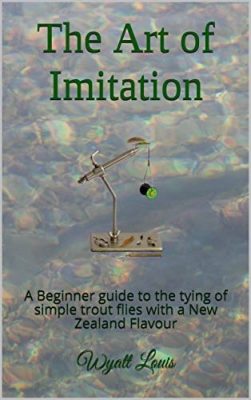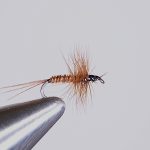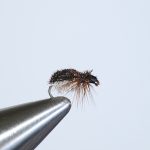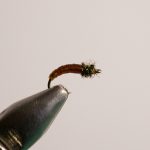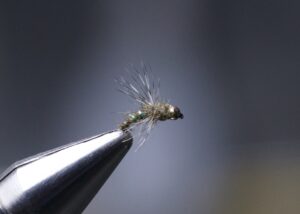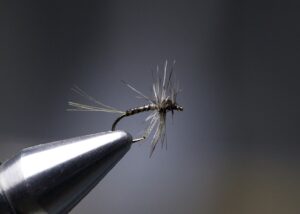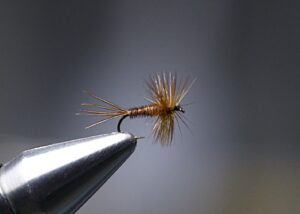The Art of Imitation
It all started many years ago simply for the pleasure of it, and over the years its evolved into where we are now. From humble beginnings, with some hand me down gear from my grandfather, i started to copy some simple patterns. As time moved on my flies became more and more complex until I finally moved full circle and got back to basics. Nowadays it’s all about being simple and effective, getting down to the river and tying what I see.
“The Art of Imitation”, is a beginners guide to the tying of simple trout flies. A basic guide of how to tie simple and effective trout fishing flies, some of the gear you’ll need, and materials you’ll use. Originally this work was begun as a record of the flies I’ve tied, and how that was done. In the beginning of anyone’s trout fishing journey, the tying of the flies is often seen to be quite a daunting thing. But it doesn’t have to be that way. Some of the most effective flies I’ve ever used have been the simplest.
So I’ve kept it is as simple and practical as I can to give any enthusiastic fly fisher, most of the skills they’ll need to start their fly tying journey. Links to some youtube videos have also been included, which demonstrate how the flies in this work were tied. It’s written with a distinctly New Zealand flavor, but the skills and the patterns this book covers, should be universal wherever trout may feed.
If you’re looking to start tying your own trout flies, and not quite sure where to start, then this book may well be for you.
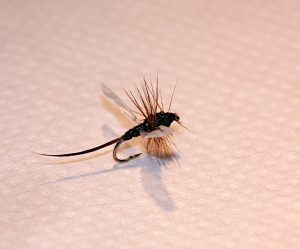
To the left is a little innovation to a spent spinner, which works pretty well in a little river that’s notoriously hard to catch fish at the best of times. Heaps of different tweaks and changes were made to no effect, until finally the wings, made from the plastic lining of a cereal box, were added as you can see. A simple innovation that made all the difference.
A Small Selection of Some of the More Successful Flies We Tie
Flies That Work, & Just Keep on Working
Below are three flies that have worked extremely well in this part of the world, for us anyway, over the last couple of seasons. The nymph with the bead has caught so many fish the hook broke off in the last one that grabbed it. It’s simple in construction with a rabbit fur dupped body, soft type hackle, and tinsel around the body. In this last season it would seem, nine times out of ten, if the fish are taking nymphs, they’ll take this one. This of course could change, or it could just be my imagination, but the bottom line is they’re working and working well.
The other two are simple dry flies, no frills, nothing fancy but they work. I’ve tied many elaborate versions of them, but it seems the simpler they are the better they seem to work.
